“The Dance Class” was an oil-on-canvas painting created by Edgar Degas in 1873. The painting was shown at the Paris exhibition of 1874, a show destined to mark the official birth of Impressionism. The young artists who showed their work at the exhibition all opposed the official Salon style. They revolutionized the academic language of painting, opening new expressive frontiers in a bid to render the dynamic impression of reality on canvas. These “impressionists” used rapid brush strokes, eliminated chiaroscuro, and focused more on the play of light than on formal volumes. Degas felt great affinity for Impressionist poetics, but his own style was personal and not suited to the open-air painting so popular among the group’s members. For Degas, art remained the product of careful thought conducted in a studio. From the 1870s on, Degas turned his attention to the world of dance, a subject matter he would focus on for the rest of his life, deepening his study of movement.
“The Dance Class” portrays a group of young ballerinas after their lesson. Some are gathered around the piano, their backs to the viewer, while a second group is resting in the corner on the other side of the room, watching their teacher Jules Perrot. The teacher stands in the middle of the room, marking rhythm with his cane. More ballerinas stand along the wall, practicing their steps. They serve as a visual link between the other two groups. The light is soft, but the outfits are luminous and their fabric evanescent. The transitions from white costumes to pink skin are rendered with extreme delicacy. The composition of the scene is based on a diagonal perspective typical of many of Degas’ paintings. The focus is decentralized and the oblique lines of the wooden parquet floor deepen the space and serve to guide the eye. An enormous mirror reflects the open window on the side of the room that is not portrayed. This device allows the city to enter the room, extending the space beyond the edge of the canvas.
Rather than choosing the beginning of the actual dance performance, Degas preferred to catch the ballerinas unaware, relaxing after the physical exertion and concentration of the dance lesson. The scene has all the immediacy of a photograph. Originally part of a private collection, “The Dance Class” became part of the Louvre’s collection in 1911. The painting has been on display at the Musée d’Orsay in Paris since 1986.
“The Dance Class” portrays a group of young ballerinas after their lesson. Some are gathered around the piano, their backs to the viewer, while a second group is resting in the corner on the other side of the room, watching their teacher Jules Perrot. The teacher stands in the middle of the room, marking rhythm with his cane. More ballerinas stand along the wall, practicing their steps. They serve as a visual link between the other two groups. The light is soft, but the outfits are luminous and their fabric evanescent. The transitions from white costumes to pink skin are rendered with extreme delicacy. The composition of the scene is based on a diagonal perspective typical of many of Degas’ paintings. The focus is decentralized and the oblique lines of the wooden parquet floor deepen the space and serve to guide the eye. An enormous mirror reflects the open window on the side of the room that is not portrayed. This device allows the city to enter the room, extending the space beyond the edge of the canvas.
Rather than choosing the beginning of the actual dance performance, Degas preferred to catch the ballerinas unaware, relaxing after the physical exertion and concentration of the dance lesson. The scene has all the immediacy of a photograph. Originally part of a private collection, “The Dance Class” became part of the Louvre’s collection in 1911. The painting has been on display at the Musée d’Orsay in Paris since 1986.
RELATED
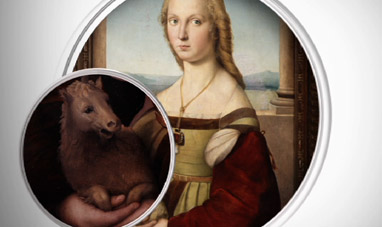

YOUNG WOMAN WITH UNICORN
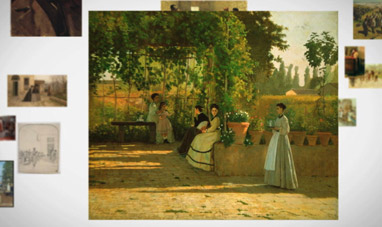

THE MACCHIAIOLI


WATER LILIES (SERIES)
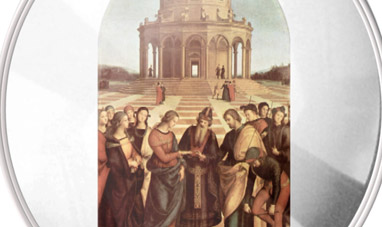

THE MARRIAGE OF THE VIRGIN
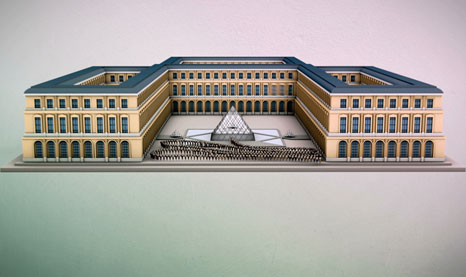

MUSEUMS


GIOTTO-S-FRESCOES-IN-THE-ASSISI-CATHEDRAL


SOLOMON R. GUGGENHEIM MUSEUM
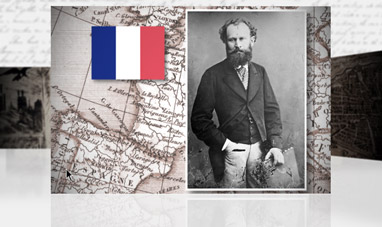

EDOUARD MANET


DISQUIETING MUSES
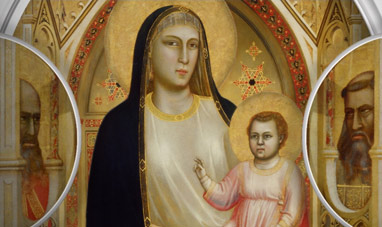

THE MADONNA DI OGNISSANTI
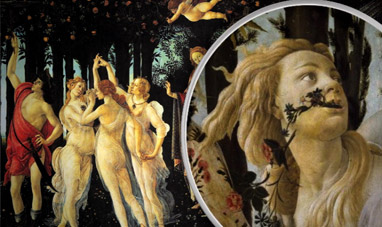

PRIMAVERA
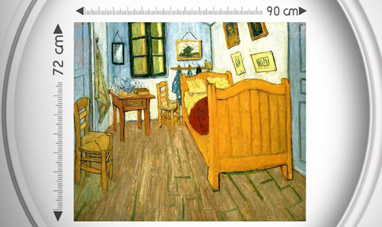

THE BEDROOM
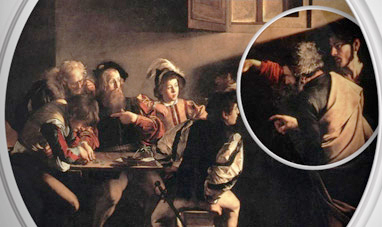

THE CALLING OF ST. MATTHEW
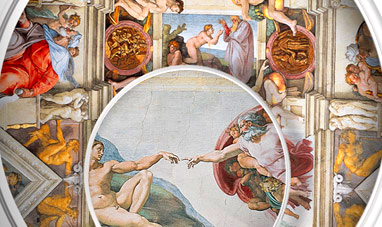

THE SISTINE CHAPEL


LAS MENINAS


STARRY NIGHT
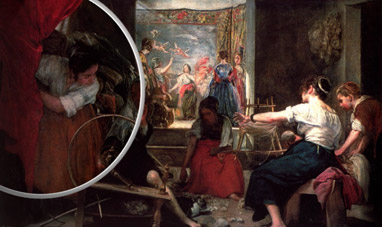

LAS HILANDERAS
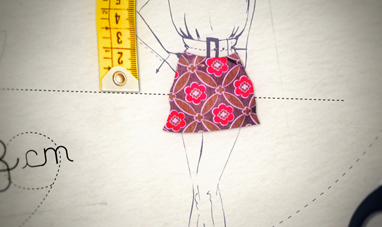

MINISKIRT


LADY WITH AN ERMINE


DREAM CAUSED BY THE FLIGHT OF A BEE AROUND A...
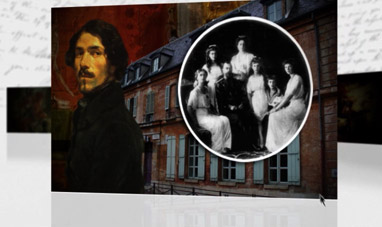

EUGÈNE DELACROIX
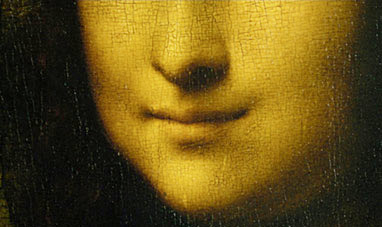

THE MONA LISA
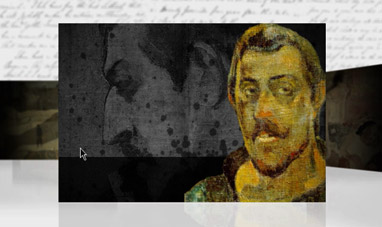

PAUL GAUGUIN
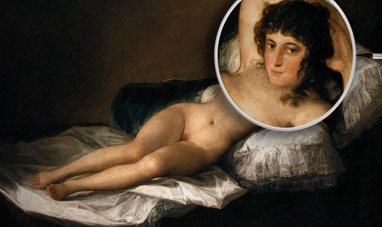

THE NUDE MAJA


ROMANTICISM
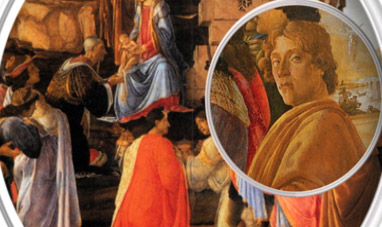

THE ADORATION OF THE MAGI


CLAUDE MONET


SATURN DEVOURING HIS SON
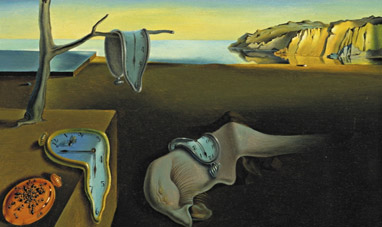

THE PERSISTENCE OF MEMORY
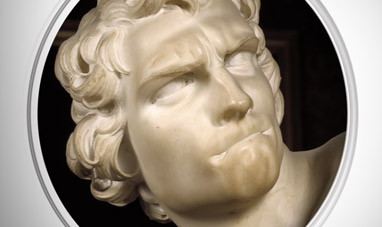

DAVID (BERNINI)
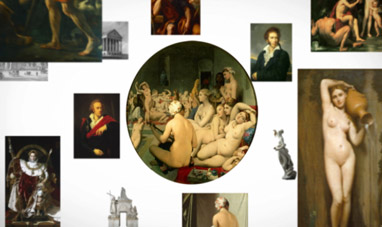

NEOCLASSICISM


SCORPIO
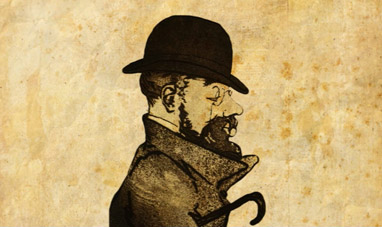

HENRI DE TOULOUSE-LAUTREC


IMPRESSIONISM
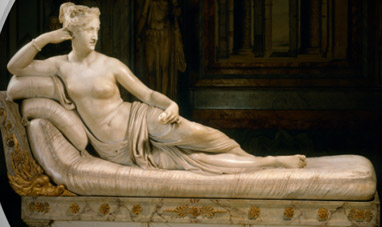

PAULINE BORGHESE
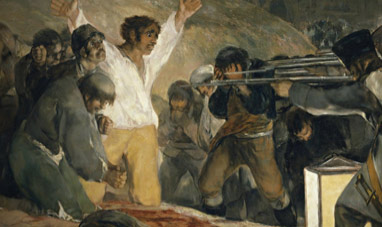

THE THIRD OF MAY 1808: THE EXECUTION OF THE DEFENDERS...
